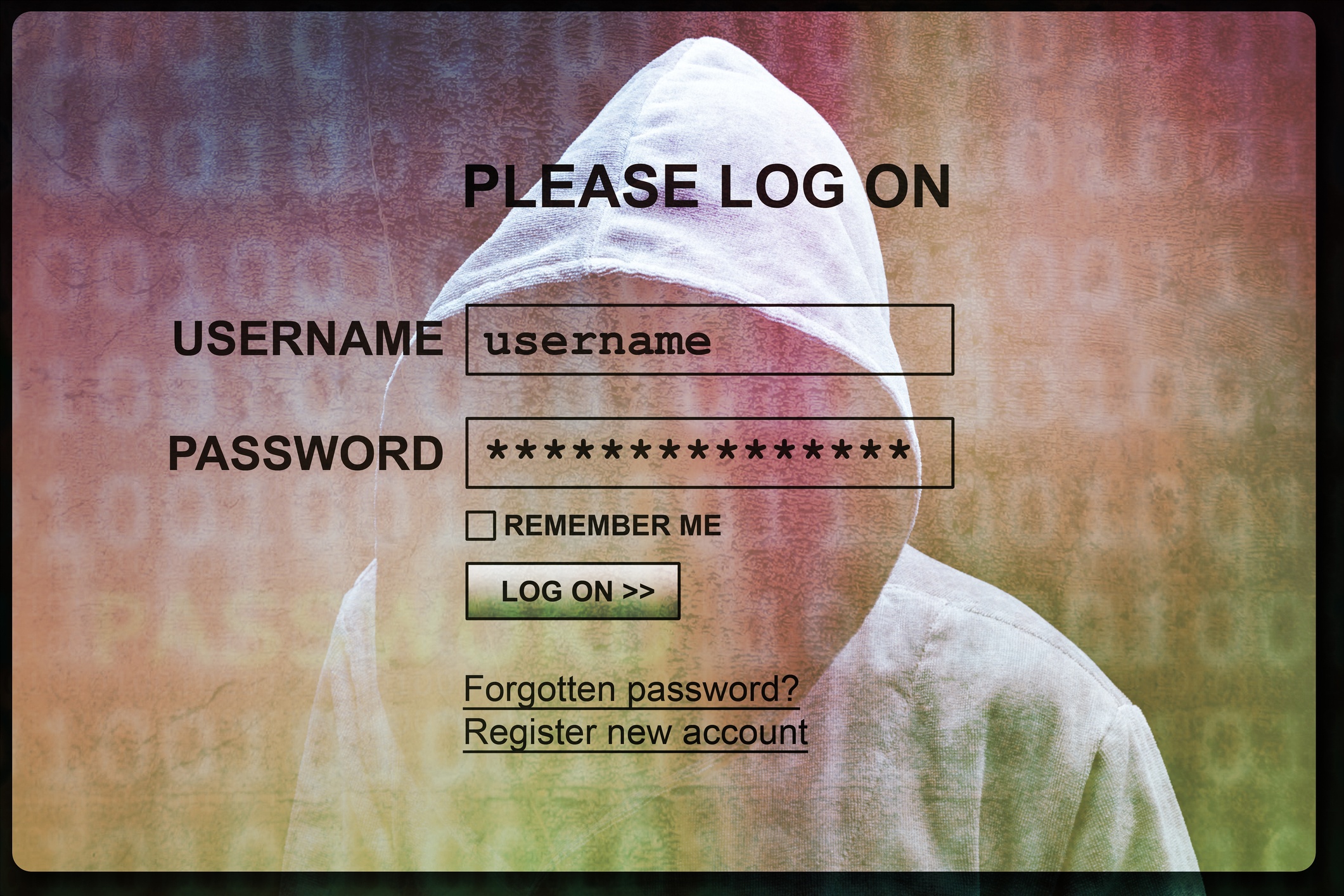The IT industry is facing an enormous problem: there’s a skills shortage of cybersecurity talent. Forty-five percent of organizations report a “problematic shortage” of cybersecurity skills—more than any other area of IT. The problem is so bad that the cybersecurity workforce gap is on pace to hit 1.8 million by 2022, a 20% increase from 2015.
Identity Automation Blog
Blog Categories
- Cybersecurity (134)
- Company News (101)
- K-12 Education (80)
- RapidIdentity (71)
- Multi-Factor Authentication (69)
- Higher Education (44)
- Identity Governance (43)
- Identity Lifecycle Management (32)
- Single Sign-On (32)
- Healthcare (29)
- Access Management (19)
- Government & Public Sector (5)
- Identity Automation Pathfinder (1)
Identity Management Best Practices: Addressing Password Policy Misconceptions
Passwords are widely recognized as one of the weakest links in an organization’s security. In fact, 81 percent of hacking-related data breaches last year were the result of weak, default, or stolen passwords, according to Verizon’s 2017 Data Breach Investigations report.
How and Where You Should Be Investing for Cybersecurity
It’s a new year and it’s time to figure out what purchases, projects, and services your organization will need in the near future. No doubt, your wish list will far exceed your budget.
To meet your security needs within a budget, make sure you are investing enough in IT security by shoring up your identity and access management (IAM) program. In order to truly enable your business, you must first embrace security, and that means putting IAM at the core of your security program.
The Problem with Legacy IAM Systems and Third-Party Access
Despite the risks associated with remote third-party access and the ongoing slew of data breaches resulting from third-party breaches, outsourcing isn’t going away anytime soon. On the contrary, IT outsourcing will be a $335 billion industry by 2019, according to Gartner. The benefits to business productivity, efficiency, and collaboration are simply too great, and modern enterprises can’t compete without opening up their infrastructures and data.
Cyberthieves are Targeting Student Data, Is Your District Prepared? Part 2
In a recent post, we covered a major problem facing K-12 schools today: cybersecurity. Hackers are targeting educational institutions with alarming regularity—and the consequences of these delays can be major: If a student’s identity is stolen, it might not be discovered for years, until the student tries to take out a loan or get a credit card.
Why You Need to Rethink Your Employee Access
Breaches caused by outside hackers get the most press. For example, the recent Equifax breach that resulted in the release of confidential data on 143 million Americans was carried out by external hackers who may have been state sponsored. The breach resulted in Equifax’s chief executive officer, chief information officer, and chief security officer all losing their jobs.
Cyber Attackers Are Increasingly Targeting Organizations Through Third Party Access
What do Home Depot, Target, Jimmy John’s, Wendy’s, Scottrade, Gmail, and the National Security Agency have in common? Each has suffered a high-profile data breach related to third-party access in the past five years. It’s clear: Many organizations, across industries, are failing to put the necessary security measures in place to prevent or minimize the identity and access risks associated with third-party access.
Cyberthieves are Targeting Student Data, is Your District Prepared? Part 1
What is one of the biggest challenges facing K-12 schools today? It might surprise you, but the answer is “cybersecurity.” K-12 schools are a prime target for cyber attacks.
While they might not seem like the most obvious victims of a hack, K-12 schools are attractive for cyber criminals because they hold an enormous amount of student data—an increasingly attractive target for cyberthieves. Read on to learn more about the appeal of student information and why it’s at greater risk than ever for a data breach.
Buying Identity Management: Single-Vendor Platform or Multi-Vendor Point Products? Part 4
Recently, we’ve been discussing what you must consider when choosing between a single identity and access management (IAM) vendor platform versus multi-vendor point products. In this final installation, we’ll take a closer look at best-of-breed and security as two final considerations and wrap it all up.
The Inherent Risks of Remote Third-Party Access
Businesses today are increasingly reliant on third parties, such as contractors, contingent workers, and vendors. And while these third parties enable organizations to decrease operational costs and increase productivity and agility, it also means greater numbers of external users need remote access to internal networks and sensitive corporate resources and data.
current_page_num+2: 8 -









